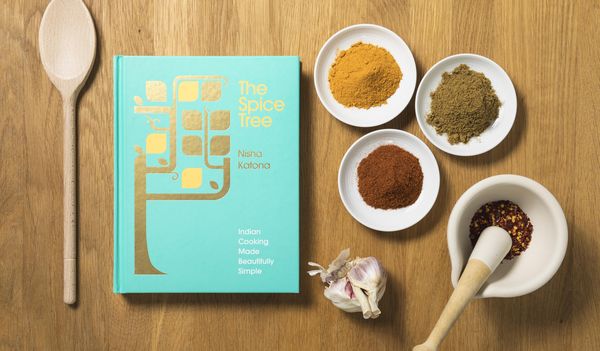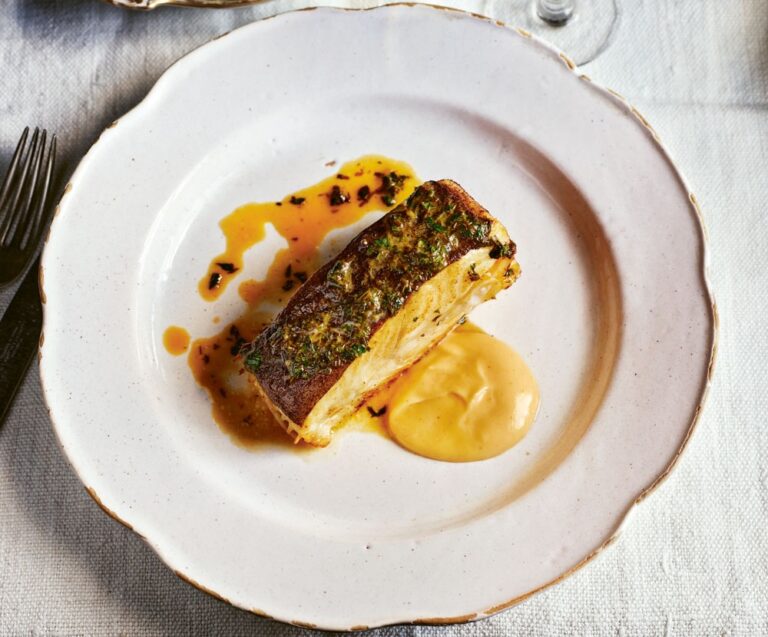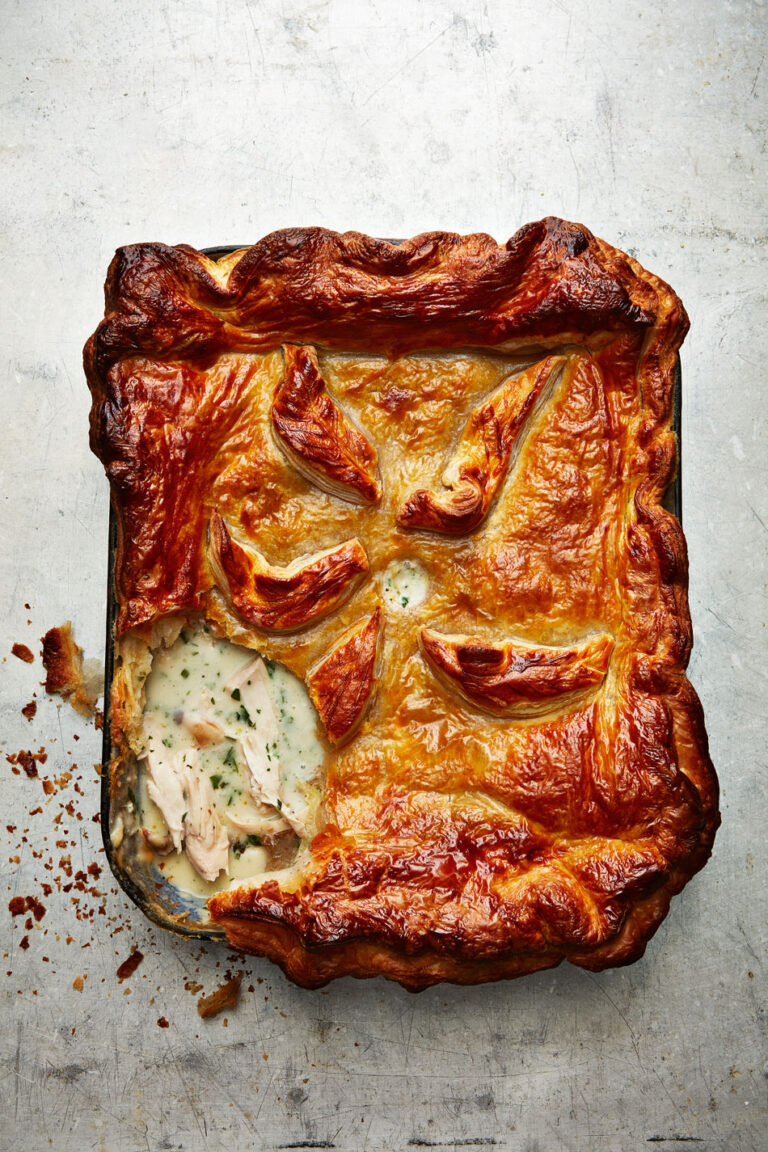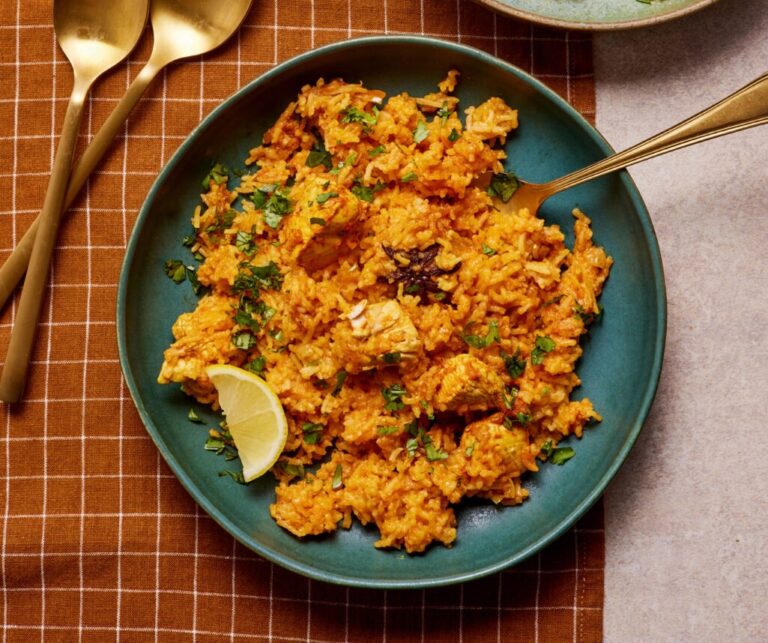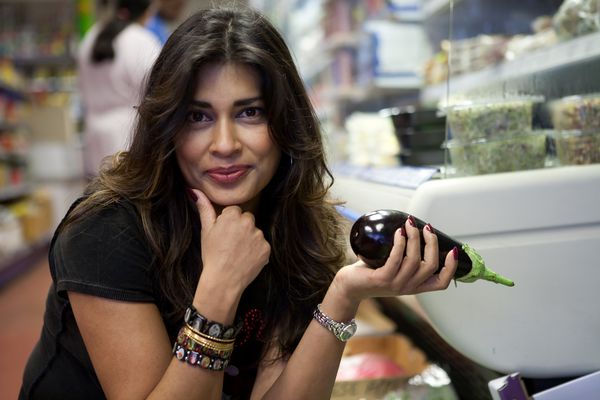
Nisha Katona, author of the ground-breaking new Indian cookbook The Spice Tree shares five of her favourite spices for Indian cooking. Are these some of your go-to ingredients?
Amchoor
Amchoor is dried green mango powder. In India, limes and lemons are used in salads, but in the heat of the East, they are slightly drier and less fleshy than their Western comparables. Hence, it is very common to use sour green mango as a sharpening agent. Wherever we use sweeter flavours in a dish, we can balance it with the tang of amchoor.
Cinnamon
Perfumed, dominating spices like this are paired with meat. Cinnamon is found in the meat mother spice, garam masala, and if you are a fan, feel free to add either cinnamon powder or sticks of cassia bark during the cooking process. I’m not a fan of adding whole spices into meat dishes, as they can assault the senses and won’t penetrate the meaty fibres as well as powdered spices, but cinnamon is slow releasing and big enough to dodge.
Fenugreek Leaf
Known as methi in Indian, fenugreek is the most overpowering bad boy of the spice rack. We often pair it with its Bonnie and Clyde twin, asafoetida, to awaken quiet vegetables like squashes. The seeds are fried as a headnote spice at the beginning of vegetable dishes – and burn very easily, so beware. It will turn bitter if too brown. Using it in any form will give a dish that instant curry house hit. It contains a potent compound called sotolone, which is also found in molasses and aged rum and is used in maple syrup flavourings. Sotolone passes through the body undigested, as it does with your soft furnishings, leaving your life smelling of ‘curry’ and your armpits of waffles.
Ghee
Ghee is clarified butter. It is also one of those ingredients that besmirch the reputation of curry by making it unhealthy and heavy. There is no need whatsoever to cook with ghee. Use any oil of your choice instead, perhaps only avoiding extra virgin olive oil, which brings a skewing flavour. Ghee is something I only use to start light pulses. It adds a really warming, savoury dimension if you use it to either fry the headnote spice or add a teaspoon at the end. Truth is, you can go half oil and half ghee and just whisper a bit of richness into the dish. Many Indians love a simple dish of hot rice, ghee, salt and perhaps some boiled mooli or boiled egg as a light supper. Mash it up with your hands and taste and feel what it is to be a tired Indian pensioner dining alone in front of the television. It is buttered toast, it is honeyed porridge, it is very well loved, you can use it everywhere and nowhere, and hence you won’t find it on the Spice Tree.
Ginger, fresh
One of the meat curry trinity, it locks fingers with garlic and onion and is fried at the start of any meat curry. It is seen as a cooling ingredient according to Ayurvedic principles, and so is also permitted in vegetable dishes, where it is often used as a finishing flavour to help bring a fresh zing to ingredients like heavy lentils and cloying squashes. Use it peeled, blended, grated or chopped. I blitz huge amounts and freeze the pulp in an ice-cube tray.
Turmeric, ground
The mother of all curry, it goes into everything. We use it in powder form. Its role has nothing to do with colour (apart from giving your fingers an edgy forty-fags-a-day look) and has everything to do with flavour. With every curry you aim to build layers of flavour and turmeric gives a deep foundation note of ‘earthiness’. It is a ground root and in my view is the defining spice of Indian food. Adding turmeric turns any dish into a curry, almost bringing the very flavour of the sunshine golden-baked earth of India into our grey kitchens.
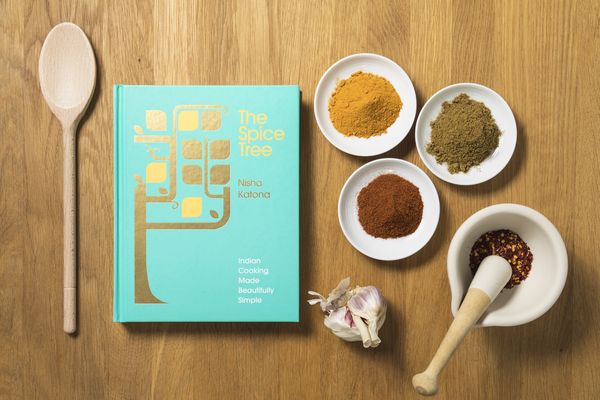
For more of Nisha’s favourite Indian spices, pick up a copy of her new cookbook The Spice Tree, which is also packed with mouth-watering recipes. Beautiful, instructive Spice Trees are at the heart of this cookbook, making every kind of Indian recipe achievable.
